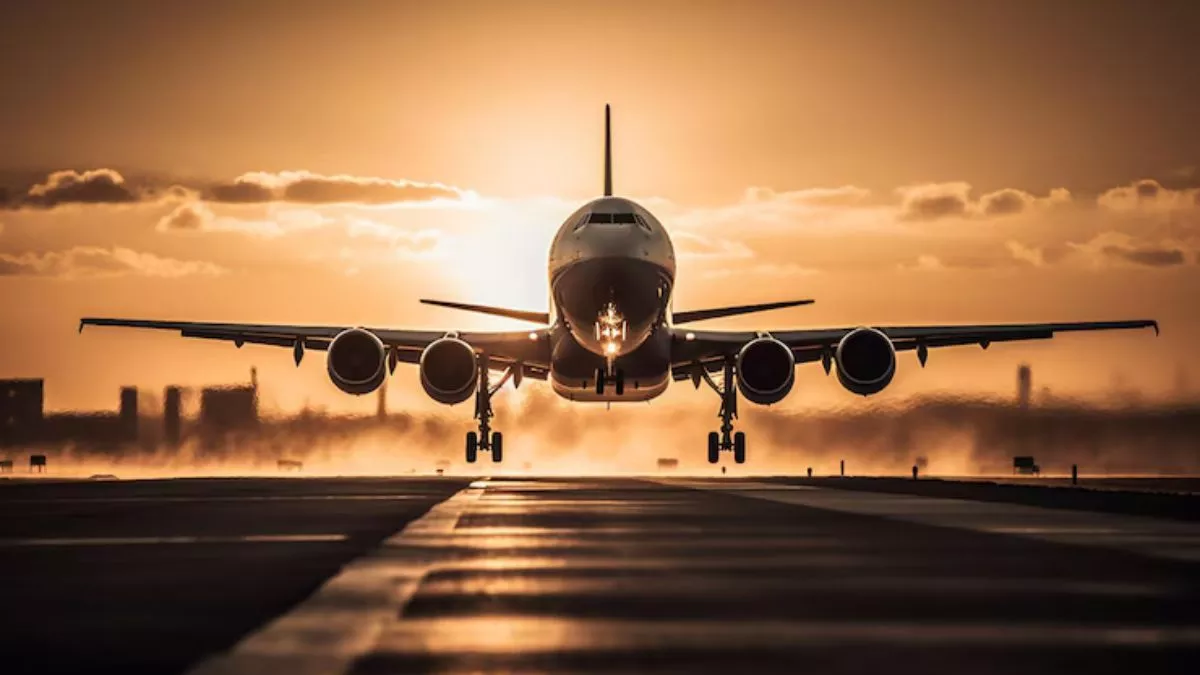Ashtrays in Airplane Toilets: In today’s world of strict airline regulations, especially concerning passenger safety, one might wonder why a relic of the past—ashtrays—still exists inside airplane lavatories. After all, smoking on commercial flights has been banned for decades in most countries. So, why are these small metal trays still being installed in modern aircraft?
The answer lies in a combination of aviation law, safety regulations, and human behavior.
The Smoking Ban in the Skies
Ashtrays in Airplane Toilets, To understand the presence of ashtrays, we first need to explore the history of smoking bans on airplanes. During much of the 20th century, smoking on airplanes was not only allowed but often encouraged. Airlines provided complimentary cigarettes, and passengers could smoke throughout the flight. However, as the harmful effects of secondhand smoke became evident, public pressure began to build against smoking in enclosed spaces—especially in the confines of an airplane cabin.
Gradually, smoking bans were introduced
- 1988 (U.S.): Smoking was banned on flights of two hours or less.
- 1990: The U.S. extended the ban to all domestic flights.
- 2000s: Most international airlines followed suit.
Today, smoking is completely prohibited on all commercial flights around the world.
The Irony of the Ashtray
So, why do we still find ashtrays, especially in lavatories?
The answer is simple: it’s required by law.
Yes, you read that right. Even though smoking is banned, aviation safety authorities such as the Federal Aviation Administration (FAA) in the U.S., the European Union Aviation Safety Agency (EASA), and the International Civil Aviation Organization (ICAO) still mandate that airplanes must be equipped with ashtrays in certain locations—particularly in bathrooms.
This might seem contradictory, but there’s a good reason behind this rule.
The Reason Safety Over Idealism
Regulators understand that some people will break the rules. Despite heavy penalties, warnings, and in-flight announcements, there have been incidents where passengers have illegally smoked in airplane lavatories. Now imagine such a person, feeling bold or desperate, lighting a cigarette in the toilet and then—panicking—throwing the smoldering butt into the trash bin, which typically contains tissue paper and paper towels. This can instantly lead to a fire, one of the worst-case scenarios onboard a plane.
By having a dedicated, fire-resistant container—an ashtray—within the lavatory, airlines provide a safe disposal option for such illegal behavior. In short:
Ashtrays in Airplane Toilets, Ashtrays are installed not to allow smoking—but to prevent fires if someone smokes anyway.
This is a clear case of reducing risk, not endorsing misconduct.
Legal and Regulatory Requirements
Let’s break down some key rules:
- FAA Regulations require that if a passenger aircraft has any designated area where smoking may occur or has occurred (such as a lavatory), it must include ashtrays near each such location—even if smoking is prohibited.
- EASA (Europe) has similar rules stating that aircraft must have “means to contain cigarette remains,” even in a no-smoking environment.
- ICAO standards emphasize that flight safety requires precautions against illegal smoking—including the presence of ashtrays.
These regulations ensure that aircraft manufacturers like Boeing and Airbus include ashtrays in their design, and airlines keep them maintained—even in brand-new planes.
Real-World Incidents Support the Rule
There have been several documented cases where ashtrays actually prevented a fire disaster:
- In 2010, a passenger on a charter flight smoked in the toilet, but the cigarette was safely disposed of in the ashtray, avoiding a fire.
- Conversely, in past incidents where smokers used trash bins, it led to smoke alarms going off, emergency landings, and in some cases, fire damage.
Such examples reinforce why redundant safety features are vital, even if the behavior they’re designed for is illegal.
A Lesson in Design Thinking
This situation is a fascinating case of designing for human error. Engineers and regulators must plan not just for how things should be used, but how people might misuse them. By keeping ashtrays, airlines are making an intelligent, precautionary decision that accepts the reality of unpredictable human behavior.
It also reflects a key principle of aviation safety: multiple layers of protection. Even if smoking is banned, and smoke detectors are installed, an ashtray serves as one more layer to prevent disaster.
Ashtrays in airplane lavatories may seem like outdated remnants from the past, but they serve a critical modern purpose. Their presence is not a contradiction but a pragmatic safety measure. They acknowledge that while smoking is banned, the risk of someone breaking the rule still exists. Rather than pretending it won’t happen, regulators and engineers have decided to be prepared.
Ashtrays in Airplane Toilets, In the high-stakes world of aviation, where even a small fire can become a catastrophe, this approach is not just logical—it’s life-saving.









































